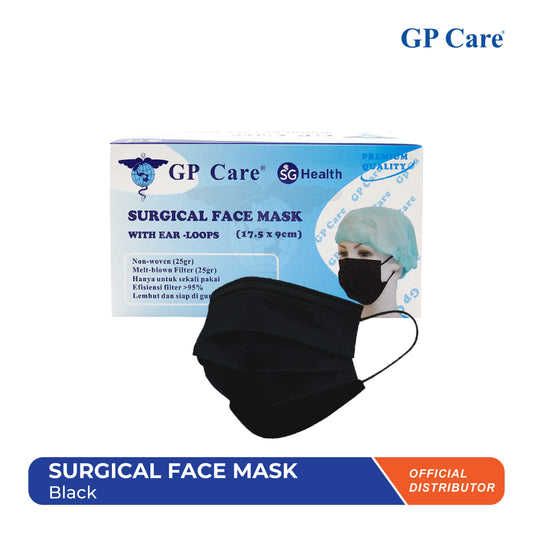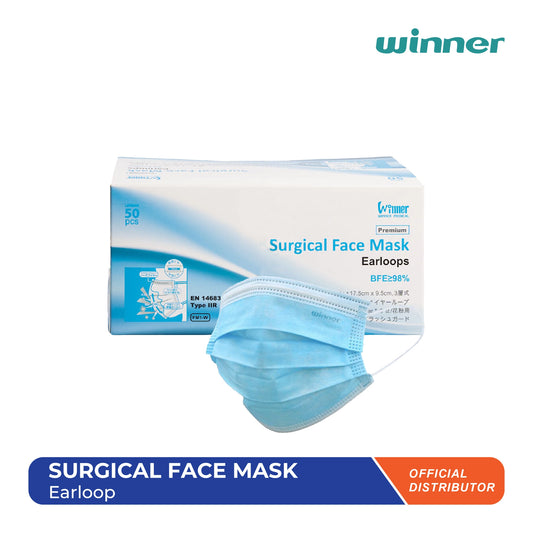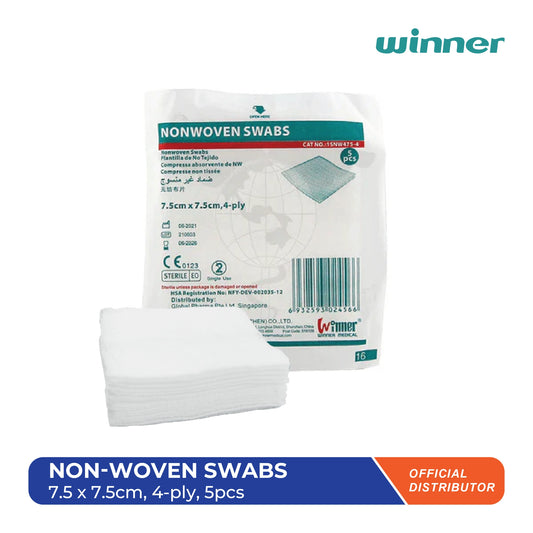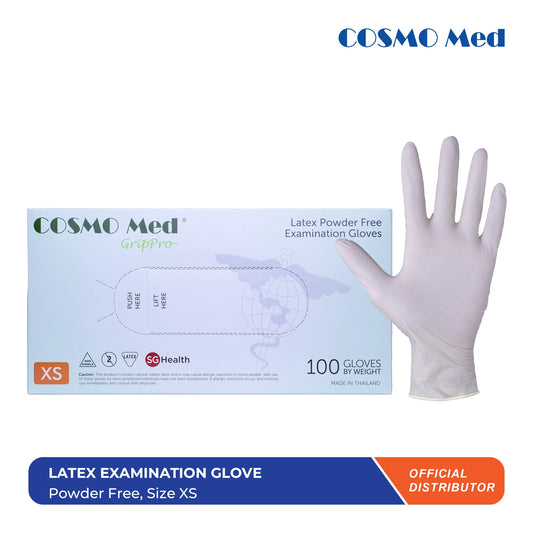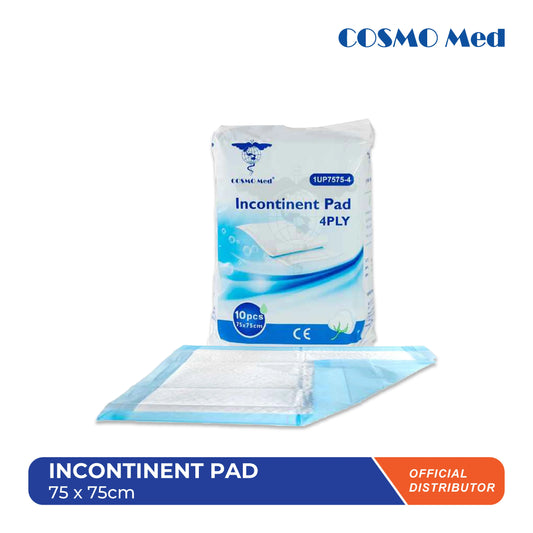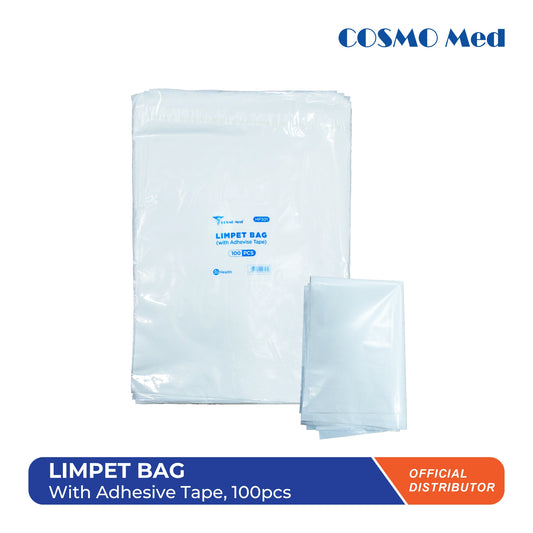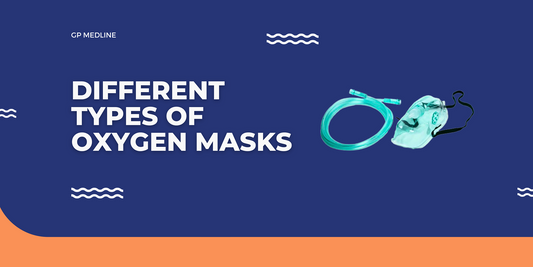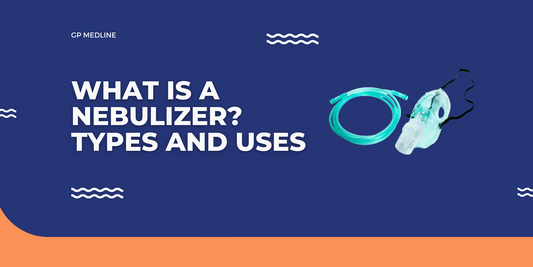Latex gloves are a type of disposable glove made frsom natural rubber latex. They are widely used in various sectors, including medical, industrial, and household settings, due to their superior elasticity, strength, and sensitivity.
Definition of Latex Gloves
Latex gloves are protective barriers worn on the hands to prevent contamination and exposure to hazardous substances. Made from natural rubber latex, these gloves offer a snug fit and high tactile sensitivity, making them ideal for tasks requiring precision.
The use of latex gloves dates back to the late 19th century. They were first introduced in the medical field to prevent the spread of infections during surgeries. Over time, their use expanded to various industries due to their protective qualities.
Types of Latex Gloves
Medical Latex Gloves
Medical latex gloves are designed for use in healthcare settings. They provide protection against bloodborne pathogens and other contaminants. These gloves are typically powdered or powder-free and are often sterile.
In the medical field, latex gloves are used for surgeries, examinations, and various medical procedures. They provide a barrier against infections and contaminants, ensuring the safety of both healthcare workers and patients.
Industrial Latex Gloves
Industrial latex gloves are thicker and more durable than medical gloves. They are used in industries such as automotive, manufacturing, and food processing to protect hands from chemicals, oils, and other hazardous materials.
Industrial latex gloves are used in a wide range of industries, including automotive, food processing, and manufacturing. They protect workers from chemicals, oils, and other hazardous materials.
Household Latex Gloves
Household latex gloves are commonly used for cleaning and other domestic tasks. They are designed to protect hands from household chemicals and detergents, providing a comfortable and secure fit.
Latex gloves are commonly used for household cleaning tasks, such as washing dishes, cleaning bathrooms, and handling detergents. They protect hands from harsh chemicals and provide a comfortable fit for prolonged use.
Advantages of Latex Gloves
Superior Elasticity and Strength
Latex gloves are known for their excellent elasticity and strength, allowing them to stretch without tearing. This makes them highly durable and resistant to punctures.
High Sensitivity
One of the key advantages of latex gloves is their high tactile sensitivity. This allows users to perform delicate tasks with precision, making them ideal for medical and laboratory work.
Biodegradability
Latex gloves are made from natural rubber, which is biodegradable. This makes them an environmentally friendly option compared to synthetic gloves like nitrile and vinyl.
Manufacturing Process of Latex Gloves
Raw Materials
The primary raw material for latex gloves is natural rubber latex, derived from the sap of rubber trees. Other ingredients, such as accelerators and stabilizers, are added to enhance the properties of the gloves.
Dipping Process
The manufacturing process involves dipping hand-shaped molds into liquid latex. The molds are then rotated to ensure an even coating of latex. Multiple dips may be required to achieve the desired thickness.
Vulcanization Process
After dipping, the gloves undergo vulcanization, a process that involves heating the latex to strengthen and harden it. This step is crucial for ensuring the durability and elasticity of the gloves.
Read Also: Difference Between Latex and Nitrile Gloves
Latex Gloves vs Other Types of Gloves
Latex vs. Nitrile
Nitrile gloves are made from synthetic rubber and are an alternative to latex gloves, especially for individuals with latex allergies. Nitrile gloves offer superior chemical resistance but may not provide the same level of sensitivity as latex gloves.
Latex vs. Vinyl
Vinyl gloves are another alternative to latex gloves, made from PVC. They are less expensive but also less durable and offer lower sensitivity. Vinyl gloves are suitable for low-risk tasks but not recommended for medical use.
Latex vs. Polyethylene
Polyethylene gloves are lightweight and inexpensive, often used for food handling. They offer minimal protection and are not as durable or flexible as latex gloves.
Safety and Usage Tips for Latex Gloves
Proper Donning and Doffing
To prevent contamination, it is important to follow proper techniques for donning (putting on) and doffing (removing) latex gloves. Always wash hands before and after use and avoid touching the outside of the gloves with bare skin.
Storage and Shelf Life
Store latex gloves in a cool, dry place away from direct sunlight and heat sources. Proper storage extends their shelf life and maintains their protective qualities.
Dealing with Allergies
For individuals with latex allergies, it is essential to use hypoallergenic gloves or alternative materials like nitrile. If a reaction occurs, remove the gloves immediately and wash hands thoroughly.
Conclusion
Latex gloves are an essential tool in various fields, offering superior protection, elasticity, and sensitivity. Despite some drawbacks, such as the risk of allergies, their benefits make them a popular choice. With ongoing innovations and a focus on sustainability, latex gloves will continue to play a crucial role in ensuring safety and hygiene.





